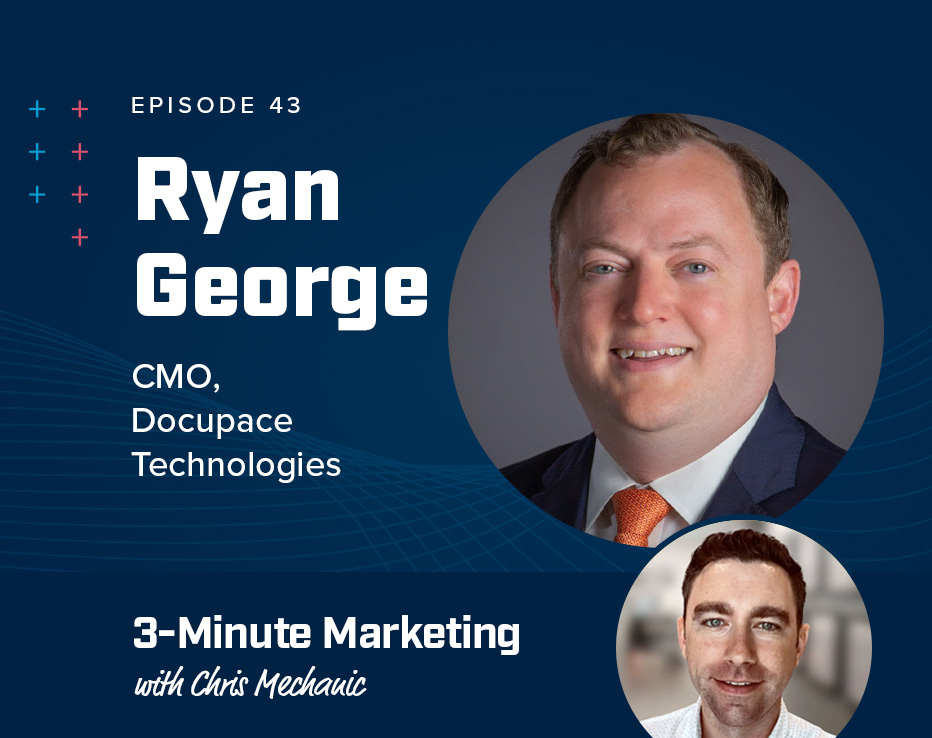
How to improve mobile site speed (B2B SaaS edition)
How to improve mobile site speed is an important, nuanced topic to consider for business-to-business (B2B) websites, especially ones in the software-as-a-service (SaaS) space. While most of the web is going mobile, business people still primarily rely on desktop. For example, with email, it’s common for recipients to first view a message on a mobile device and then move to desktop to click through or download an asset.
Many web design shops take a “mobile-first” approach. I advocate this because a superior mobile experience definitely matters in today’s world, and the Google Goddesses will reward you no matter what your site is about.
But above all, my advice is to design for the experience that the majority of your traffic is actually seeking. Google Analytics will tell you the breakout of your users between desktop and other devices. Armed with that data, you can easily determine whether the level of effort it would take to do things like hiding videos and other elements on mobile is worth it for only, say, 5% of your traffic (unless that happens to be the 5% that converts).
If all else fails, pick a minimalist layout for your SaaS landing page that naturally lends well to both a mobile and desktop experience.
Page speed: The silent conversion killer
It AMAZES me how often page speed is still ignored. The overwhelming majority of articles and research don’t even mention how landing page speed affects conversion. But the reality of anything other than lightning-fast load time is sobering.
Google talks a lot about page speed. Here are two quick stats from the web overlord:
- Roughly 1 in 5 users will never, ever return to a slow site.
- Pages that load on a mobile device in 2 seconds versus 3 seconds experience a 27% higher conversion rate.
And here’s a classic note from Amazon:
- For every additional second that a page takes to load, Amazon loses $1.6B in sales annually.
Plus, we have a fascinating B2B website tip from our very own Camille Bosley, who is also jazzed about HubSpot. Here’s a mini case study:
- When we migrated a client’s key landing page from LeadPages to HubSpot, the page immediately began to convert at 29% compared to 17% previously. We rebuilt the landing page in HubSpot exactly as it looked in LeadPages, so the only difference was page speed.
Yep—that’s a 59% increase in conversion rate that’s solely attributable to how quickly the page loads!
Despite this reality, we marketers hardly ever talk about page speed. You can have the most brilliant landing page that could convert at a rate well into the double digits… if only it would load.
How to speed up mobile site page load
So what’s a marketer to do? You can start with a page speed tester. Use one that gives you a grade or some sort of benchmark—bonus points if it gives you advice on how to actually improve your load speed. We like GTMetrix a lot (and Google Pagespeed Insights) because it’s both detailed and free.
If your prized landing pages load slowly, there are some quick things you can do as a non-developer for mobile site speed optimization. Do them all once so you can see a clear before-and-after picture:
- Reduce your file size. This tip is particularly useful for images. Many folks grab stock photos in the largest size and simply don’t know to optimize their files. If your page is slow, this is likely a very guilty culprit. Find a free image compressor online—there are a ton to choose from. Compress and re-upload your files. Also, resize them while you’re at it—no website needs an image that’s 4,000 px x 3,000 px. Believe it or not, the maximum width should only be 1,440 px.
- Be conservative with the bling. Sure, it looks cool when things slide or spin as you scroll, but keep the pizazz to a minimum. Those effects use a whole separate file or group of files. Let your awesome design stand on its own with minimal bloat 🙂
- Slay the autoplay. You want your total page size to be under 1 MB. A 30-second video will require about 10 MB. The math just… doesn’t work. Using video is good. A video in place of the hero image is generally not good. Move them inline and require them to be clicked or tapped to view. And consider hiding them on mobile devices, where video can take twice as long to load and play.
HubSpotted Pro Tip:
Once you optimize images that you’ve previously added to HubSpot landing pages, you can replace the photos in HubSpot with these simple steps:
- Go to Marketing > Files and Folders.
- Find the file you optimized and click on it.
- Click the “Replace” button.
Check out 5 more site speed optimization tips from our founder.
Conclusion
I hope you learned everything you need (and more!) to go about creating the best B2B SaaS websites that work well for mobile. It can be tough to get started and even tougher to revisit the pages you may already have. Just know that we’ve got your back when it comes to how to improve mobile site speed. And if you have any questions, leave us a comment!
Most newsletters suck...
So while we technically have to call this a daily newsletter so people know what it is, it's anything but.
You won't find any 'industry standards' or 'guru best practices' here - only the real stuff that actually moves the needle.






